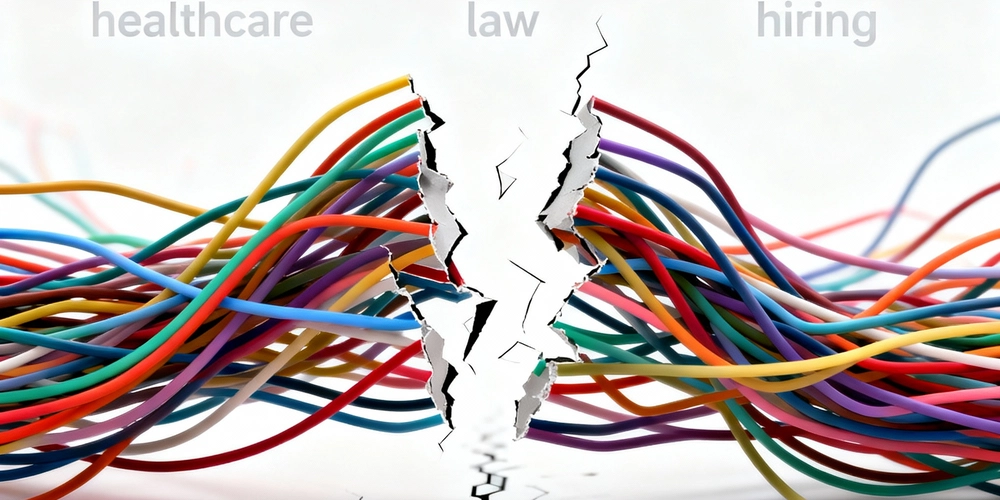Most Retrieval-Augmented Generation (RAG) pipelines look great in demos.
They pass test cases, return the right docs, and make stakeholders nod.
Then production hits.
- Wrong context gets pulled.
- The model hallucinates citations.
- Latency spikes.
- And suddenly your “AI search” feature is a support nightmare.
I’ve seen this mistake cost a company $4.2M in remediation and lost deals.
Here’s the core problem → embeddings aren’t the silver bullet people think they are.
1. The Naive RAG Setup (What Everyone Builds First)
Typical code pattern:
_# naive RAG example_
from langchain.embeddings import OpenAIEmbeddings
from langchain.vectorstores import FAISS
from langchain.chains import RetrievalQA
embeddings = OpenAIEmbeddings()
db = FAISS.from_documents(docs, embeddings)
qa = RetrievalQA.from_chain_type(llm=llm, retriever=db.as_retriever())
qa.run("What are the compliance rules for medical claims?")
It works fine on small test docs.
But once you scale to thousands of docs, multiple domains, and messy real-world data, here’s what happens:
- Semantic drift: “Authorization” in healthcare ≠ “authorization” in OAuth docs.
- Embedding collisions: Similar vectors across domains return irrelevant results.
- Context overflow: Retrieved chunks don’t fit into the model’s context window.
2. The $4.2M Embedding Mistake
In one case I reviewed:
- A fintech + healthtech platform mixed contracts, support tickets, and clinical guidelines into the same FAISS index.
- During a client demo, the system pulled OAuth docs instead of HIPAA rules.
- Compliance flagged it. A major deal collapsed.
The remediation → segregating domains, building custom retrievers, and rewriting prompts → cost 8 months of rework and over $4.2M in combined losses.
Lesson: naive embeddings ≠ production retrieval.
3. How to Fix It (Production-Grade RAG)
Here’s what a hardened setup looks like:
✅ Domain Segregation
Use separate indexes for healthcare, legal, and support docs. Route queries intelligently.
✅ Hybrid Retrieval
Don’t rely only on vector similarity. Add keyword/BM25 filters:
retriever = db.as_retriever(search_type="mmr", search_kwargs={"k":5})
✅ Metadata-Aware Chunking
Store doc type, source, and timestamps. Query:
“HIPAA rule about claims, published after 2020” → filters out junk.
✅ Reranking
Use a cross-encoder to rerank top-k hits. This dramatically improves retrieval quality.
✅ Monitoring & Logs
Every retrieval event should log:
- Which retriever was used
- What docs were returned
- Confidence scores
Without this, you won’t know why the model failed.
4. A Quick Checklist Before You Ship
- Separate domains into distinct indexes
- Add metadata filtering (source, type, date)
- Use rerankers for quality control
- Log every retrieval event with confidence scores
- Test on real-world queries, not toy examples
Closing Thought
Embeddings are powerful — but blind faith in them is dangerous.
If your RAG pipeline hasn’t been stress-tested across messy, multi-domain data, it’s a liability waiting to happen.
Don’t learn this lesson with a multi-million dollar mistake.
Ship it right the first time.
Have you seen RAG pipelines fail in production? What went wrong, and how did you fix it?



